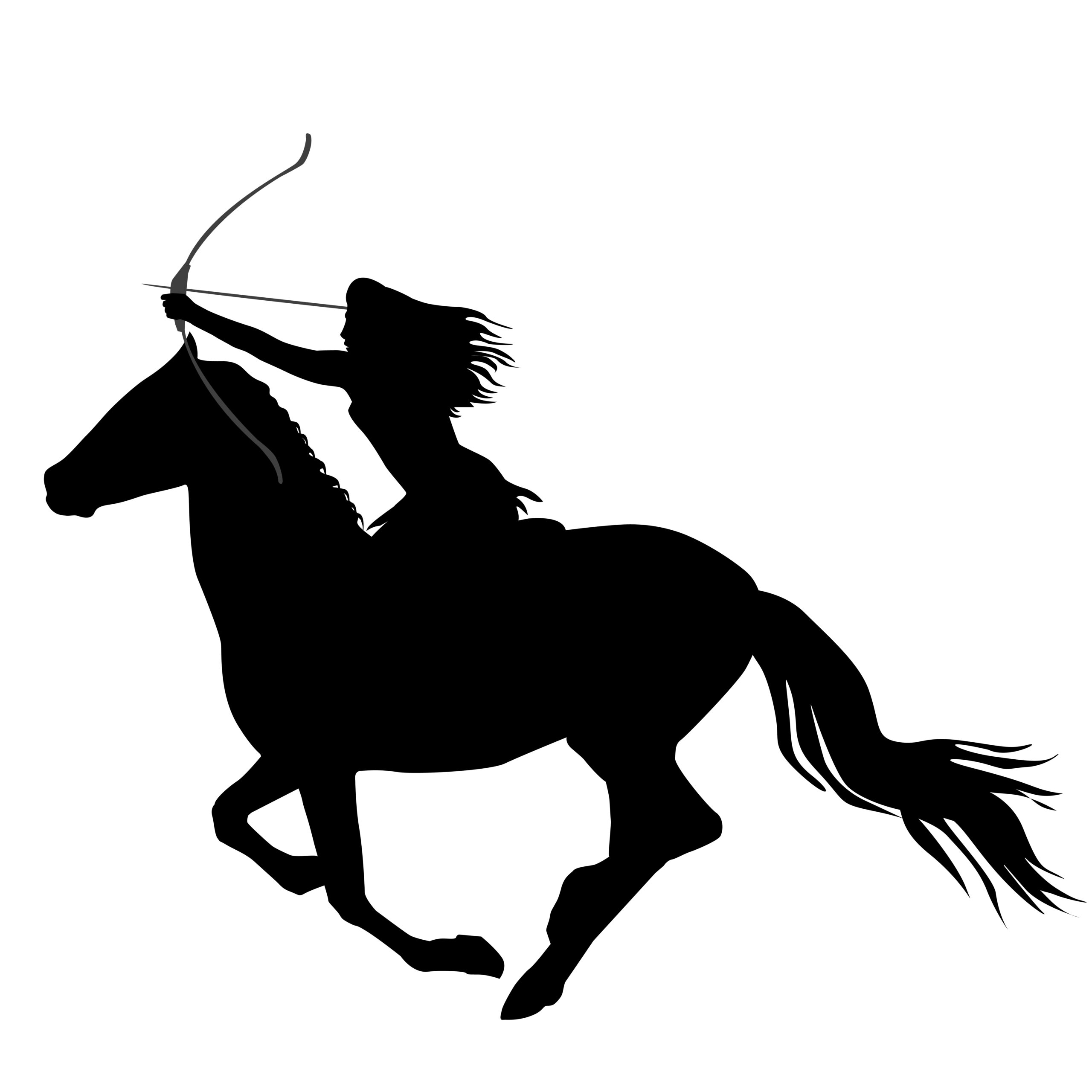But They Sometimes Act Like They Do
I spent five years working with a psychologist teaching veterans with Post Traumatic Stress Disorder (PTSD) how to self-regulate through the practice of mindfulness. I came to understand the nature of the trauma condition and its main symptoms. When I started working with horses I was fascinated by how, in some respects, the horses mind displays characteristics we would associate with a traumatized human mind. It led me to think that when working with horses some of what I had learned in my practice with humans was relevant and conversely I stood to learn a lot from the horses as well.
When a horse is in a safe place, with no external pressure, and has everything it needs – food, water, shade, companionship, and a leader – it will be in a state of comfort. In psychological terms it is living within its window of tolerance.
This state of calm abiding can change in less than a heartbeat. Peaceful one instant, fully aroused the next, horses have a very narrow window of tolerance for potentially dangerous stimuli. They have been programmed by evolution to act first and think later and their reaction to danger is almost involuntary. It is the same for a traumatized human. Their brain has been short-circuited so that rationale thought is overridden by the animal brain and like the horse they react rather than respond to certain triggers. In fact, the hyper-arousal and reactivity displayed by a frightened horse is one of the main symptoms displayed by a traumatized human.
The horse has a list of dangers hardwired into its memory. Predators, fire, even changes to its environment can elicit the fear response. In addition, anything new, anything it has not learned through experience is safe, will be treated as a potentially life-threatening danger. Even something that is safe in one context such as in an arena, can be a danger if perceived somewhere else such as out on the trail.
With a psychological predisposition like this it is a wonder that horses can ever relax. The good news is tha,t like the human, the horse can be taught to self-regulate. Horses can learn to “not be afraid” of specific stimuli in specific situations and in some cases to eventually generalize across different situations.They also have the capacity to self-regulate from hyper-aroused to calm abiding. When we work with horses these are the two behaviours we wish to develop and strengthen. By doing so we will expand its window of tolerance to accept a wider range of stimuli in a wider range of situations.
Sometimes when we train horses there is a tendency to focus on the physical outcomes. Regardless of the equine discipline your pursue, controlling how the horse moves is fundamental. I have discovered, though, that before we can control the horses body we need to rein in its mind. Helping it learn how to self-regulate is key to getting it to a state of calm abiding where it can learn the other things we would like to teach it.
When a horse is hyper-aroused or reactive there is always a trigger, some kind of stimuli that is causing them to sense danger. What they need from the human handler in that moment is a bit of help self-regulating. In order to give them that help we have to be able regulate ourselves. We need to be able to set aside impatience, frustration, and all the other feelings the horse is sure to pick up on and replace those emotions with understanding and patience. By doing so not only will we be helping the horse, we will be helping ourselves.

